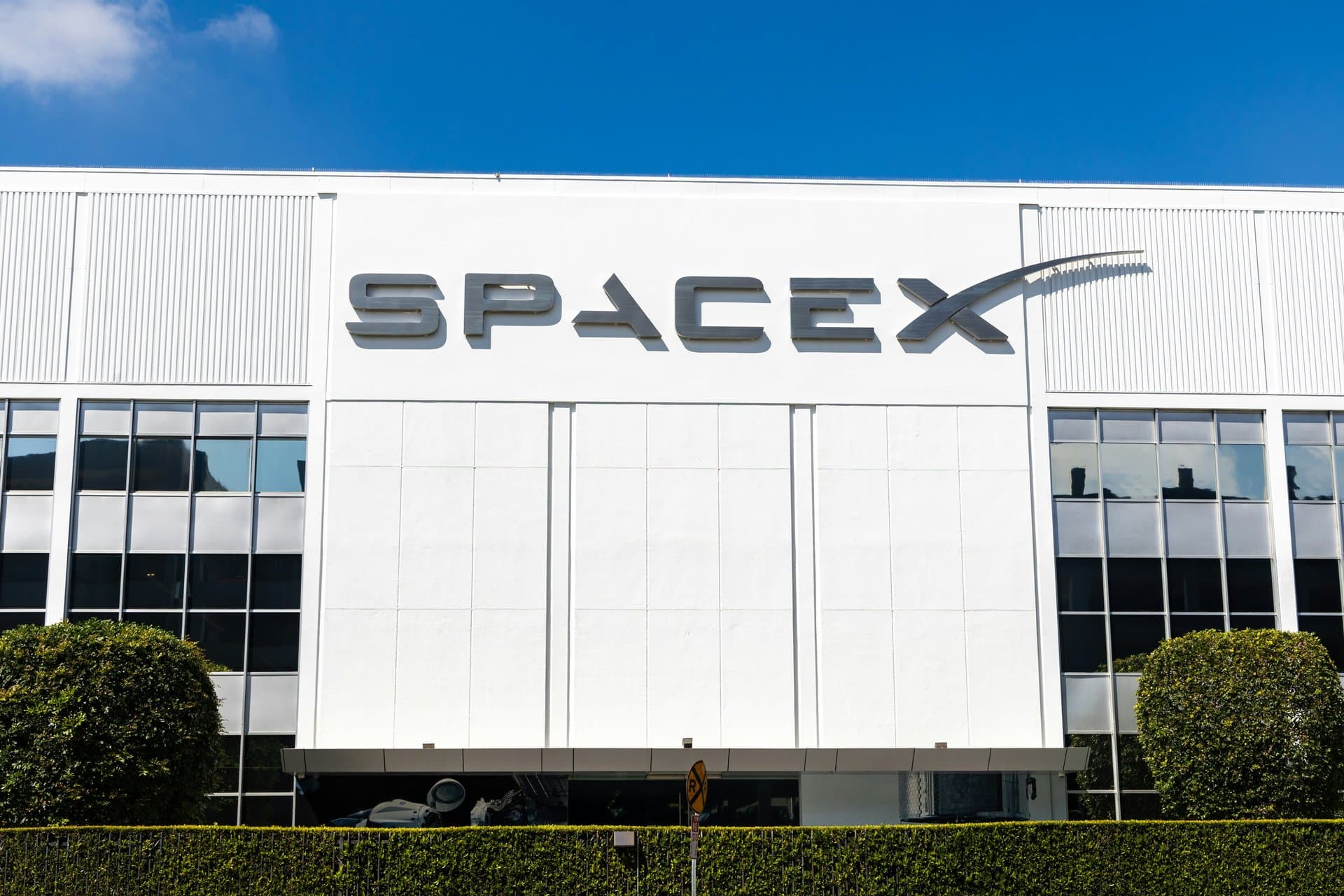How SpaceX’s Starship Is Revolutionizing Space Launch Economics
Explore how SpaceX’s Starship program is reshaping launch costs, NASA lunar missions, and satellite deployment, overcoming technical and regulatory hurdles to dominate the space launch market.

Key Takeaways
- Starship aims to handle up to 98% of global orbital payloads by 2027.
- NASA’s Artemis lunar missions rely on Starship’s lunar lander version.
- Starship’s full reusability could drastically lower launch costs.
- Environmental and regulatory challenges may slow launch cadence.
- Starship’s success could transform satellite internet deployment and space commerce.

Elon Musk’s SpaceX is pushing the boundaries of private spaceflight with its ambitious Starship program. This massive, fully reusable rocket is designed to carry humans and cargo to the Moon, Mars, and beyond, promising to reshape the economics of space launches. Despite recent successes, including a milestone Starship launch last month, the journey is far from over.
Starship’s development is critical not only for Musk’s interplanetary dreams but also for NASA’s Artemis program, which plans to return astronauts to the Moon using a Starship lunar lander. Meanwhile, SpaceX’s Falcon 9 continues to serve commercial and military satellite launches, but Starship’s larger payload capacity could soon dominate the market.
This article dives into how SpaceX’s Starship is revolutionizing space launch economics, the hurdles it faces, and what this means for the future of space exploration and satellite internet deployment.
Advancing Starship’s Launch Success
SpaceX’s Starship program is a rollercoaster of breakthroughs and setbacks. Early flights this year showed promise but also losses—boosters caught by robotic arms, upper stages lost after separation. Then came last month’s breakthrough: both the Super Heavy booster and Starship upper stage performed as expected, prompting Elon Musk to celebrate the team’s effort.
This progress is more than a win; it’s a crucial step toward making Starship a reliable workhorse. The rocket’s design centers on full reusability, meaning both stages return safely for rapid turnaround. This capability is key to Musk’s vision of frequent, cost-effective launches.
Yet, the path is rocky. Half of Starship’s ten launches so far ended in failure or anomalies. Each test flight is a high-stakes experiment, pushing engineering limits. The stakes are high because Starship’s success underpins NASA’s Artemis lunar lander and SpaceX’s commercial ambitions. The next test launch, scheduled for October, will be another critical milestone.
Driving NASA’s Artemis Lunar Mission
NASA’s Artemis program depends heavily on Starship’s lunar lander variant, known as the Human Landing System. This craft will ferry astronauts from lunar orbit to the Moon’s surface and back, docking with a Lockheed Martin capsule launched by NASA’s SLS rocket.
The complexity is staggering. Starship must demonstrate in-orbit refueling—a delicate ballet of transferring fuel in space—to carry out its lunar mission. This capability remains unproven at scale, casting doubt on meeting Artemis III’s official mid-2027 target.
Experts like Laura Forczyk of Astralytical warn that delays are common in human spaceflight, with some expecting the mission might slip to 2030. Still, the Artemis program’s success would mark a historic return to the Moon and validate Starship’s role as a lunar transporter, cementing SpaceX’s place in space exploration history.
Expanding Starlink with Starship’s Payload Power
SpaceX’s Starlink satellite network is a game-changer for global internet access, already boasting nearly 10,000 satellites launched by Falcon 9 rockets. But Falcon 9’s payload limits mean only about 30 satellites can be launched at once.
Enter Starship. Its massive payload capacity—up to 150 metric tons—allows it to deploy over 100 next-generation Starlink satellites in a single launch. Last month, Starship deployed dummy versions of these larger, more powerful satellites, signaling a new era for Starlink’s expansion.
This leap in launch efficiency could accelerate SpaceX’s plan to blanket the globe with internet coverage. Starship’s ability to carry heavy payloads and perform controlled landings promises to lower costs and increase launch frequency, making global connectivity more attainable.
Navigating Regulatory and Environmental Hurdles
SpaceX’s rapid launch cadence ambitions face pushback from environmental groups and regulators. The Federal Aviation Administration approved up to 25 Starship test flights at the Texas site, but lawsuits alleging insufficient environmental review have emerged, though recently dismissed.
SpaceX also paid nearly $500,000 to settle Environmental Protection Agency claims about discharging cooling water into wetlands. Meanwhile, the California Coastal Commission rejected plans to nearly double Falcon 9 and Falcon Heavy launches at Vandenberg Space Force Base due to sonic boom concerns.
Despite opposition, military interests argue these launches serve national security, likely smoothing regulatory paths. Still, environmental scrutiny and community concerns remain wildcards that could slow SpaceX’s ambitious launch schedule.
Building Infrastructure for Launch Dominance
Behind Starship’s soaring ambitions lies a sprawling infrastructure build-out. SpaceX has expanded manufacturing and launch facilities in Texas and Florida, adding gigabays and launch towers to support multiple parallel builds and launches.
This expansion aims to increase launch cadence and reduce risks tied to single-site bottlenecks. The company has also ramped up production of its next-gen Raptor engines, integrating lessons from frequent test flights.
These moves are critical for Musk’s vision of near-daily Starship flights, underpinning commercial satellite launches, NASA contracts, and future deep-space missions. The infrastructure race is as intense as the rocket race itself, setting the stage for SpaceX’s potential market dominance.
Long Story Short
SpaceX’s Starship stands at the crossroads of innovation and challenge. Its potential to slash launch costs and dominate payload delivery could redefine how humanity reaches beyond Earth. Yet, technical complexities like orbital refueling and precision landings, alongside environmental and regulatory hurdles, remain formidable. For investors and space enthusiasts alike, Starship’s progress is a story of bold ambition meeting real-world obstacles. The success of NASA’s Artemis missions and the expansion of Starlink’s satellite network hinge on Starship’s reliability and scalability. As SpaceX continues to build infrastructure and push launch cadence, the coming years will reveal whether Starship can fulfill its promise. The excitement is palpable, but so is the cautious optimism—because shooting for the moon has never been easy, but it might just change everything.